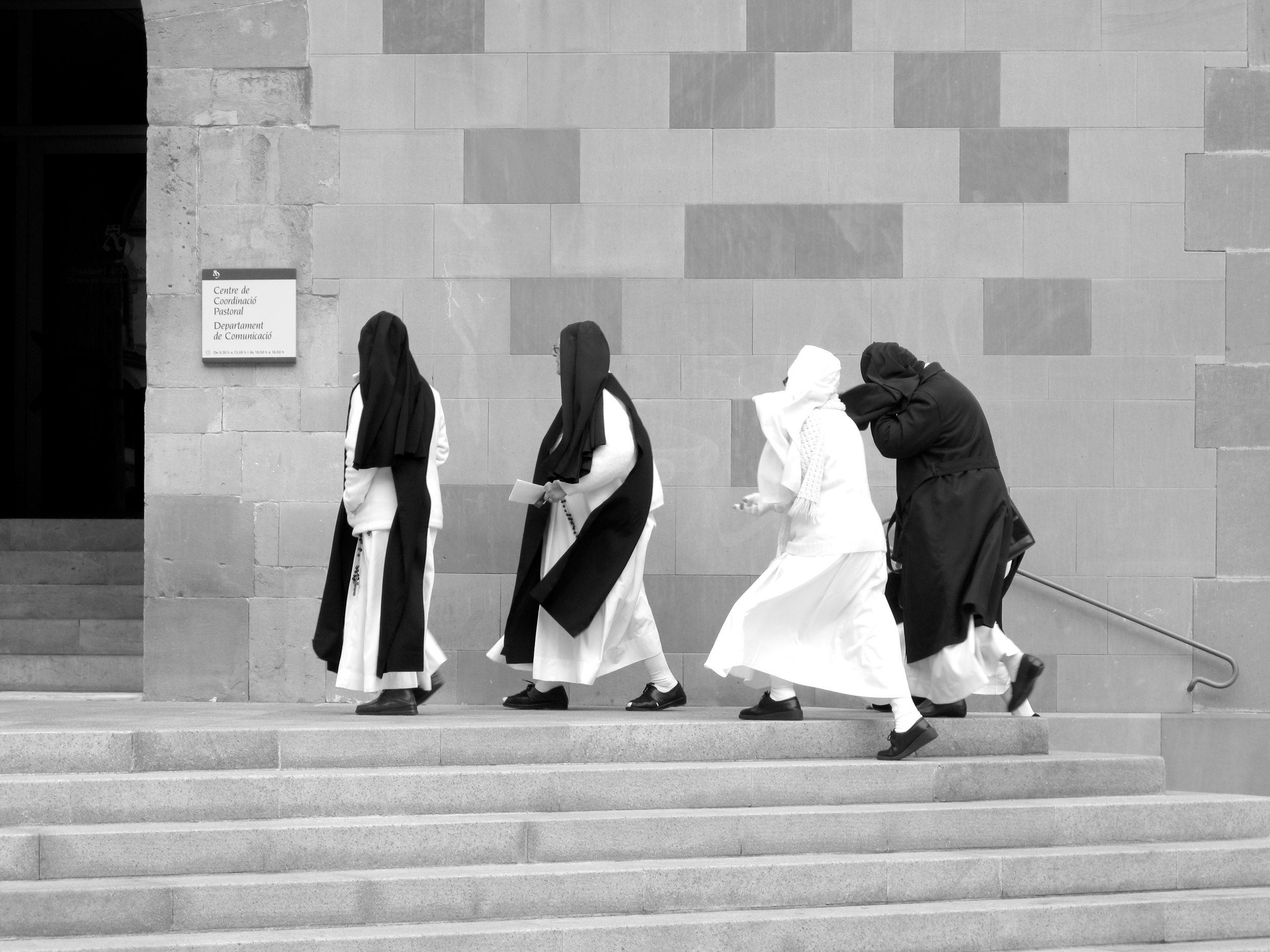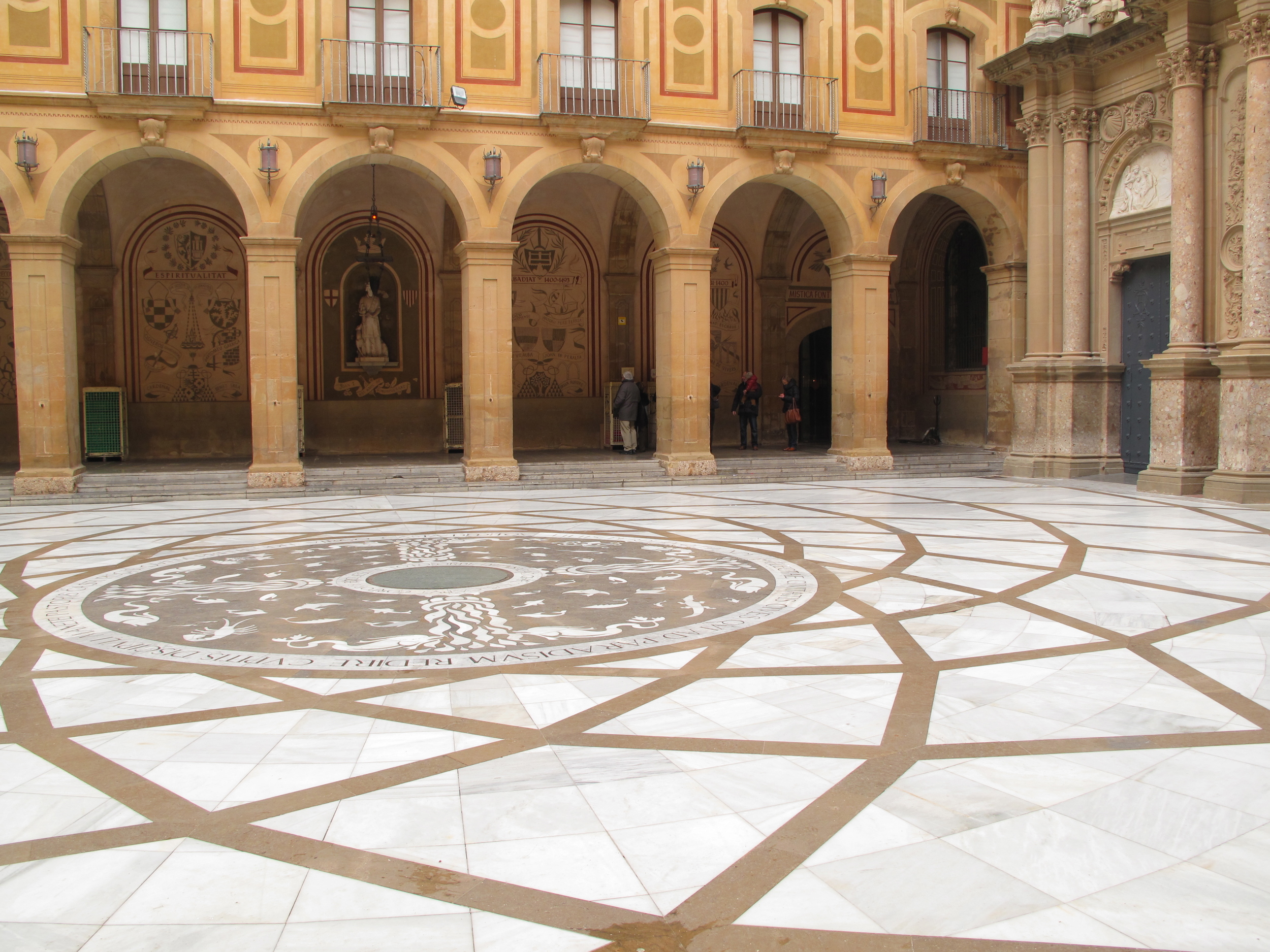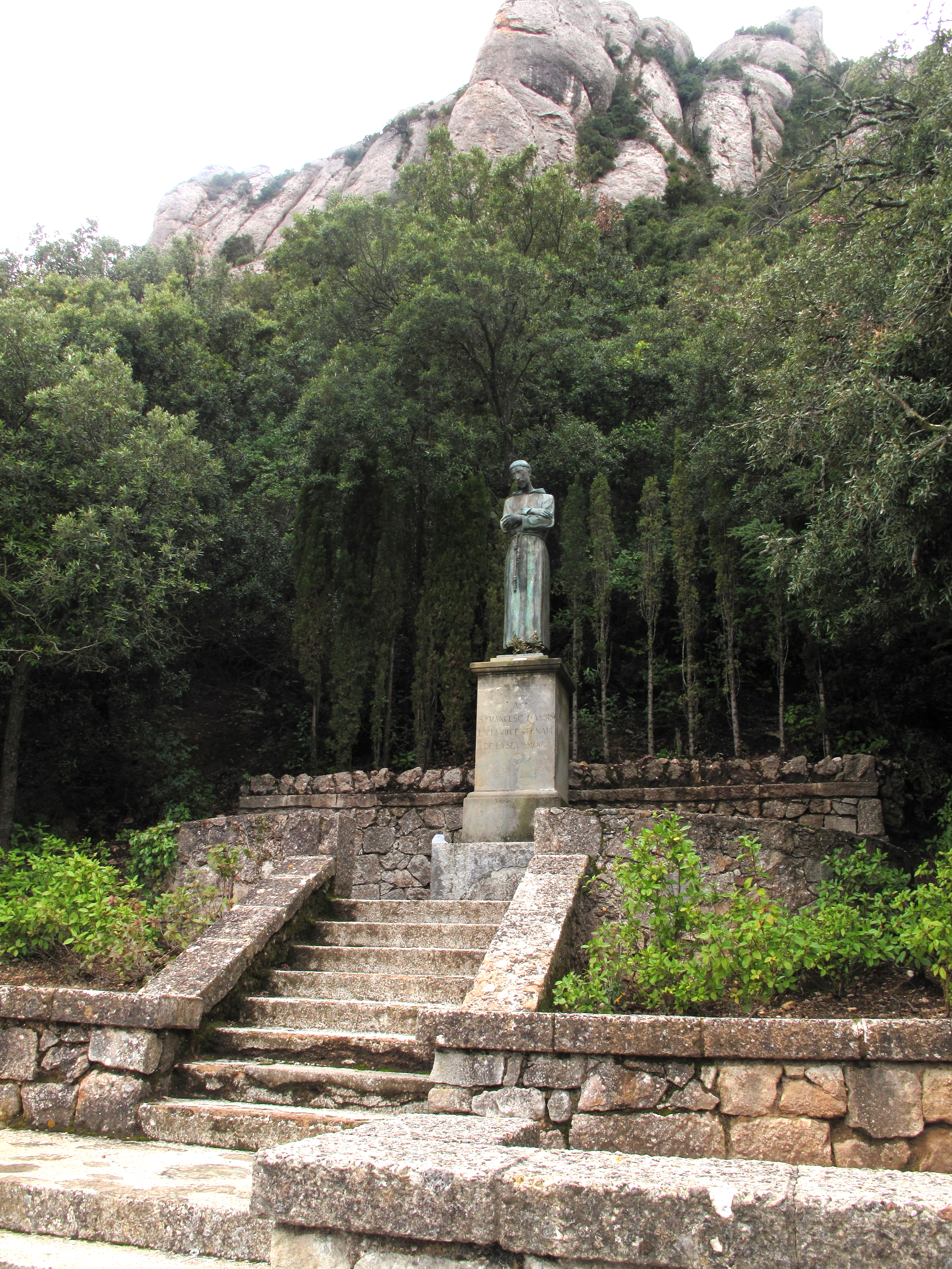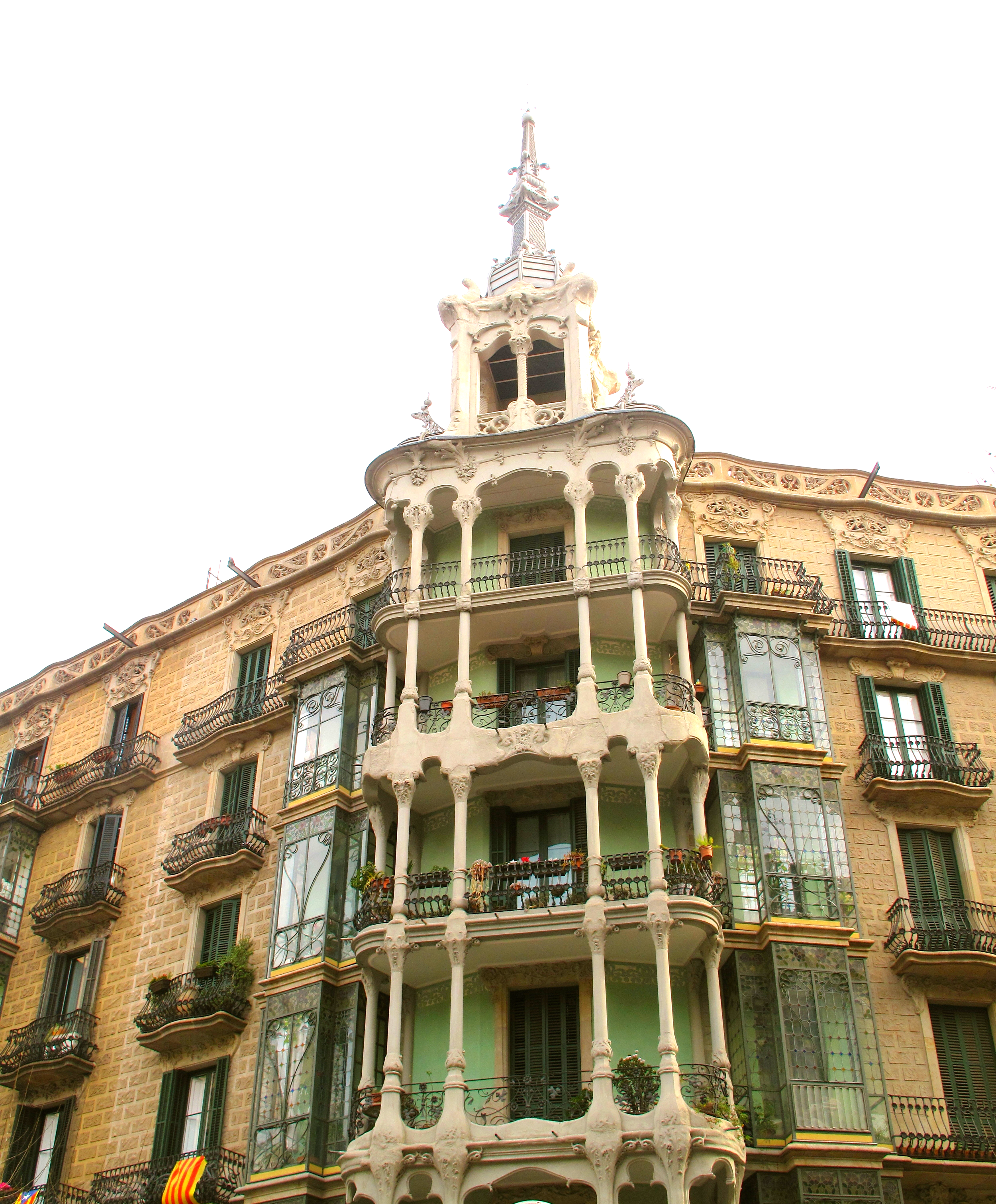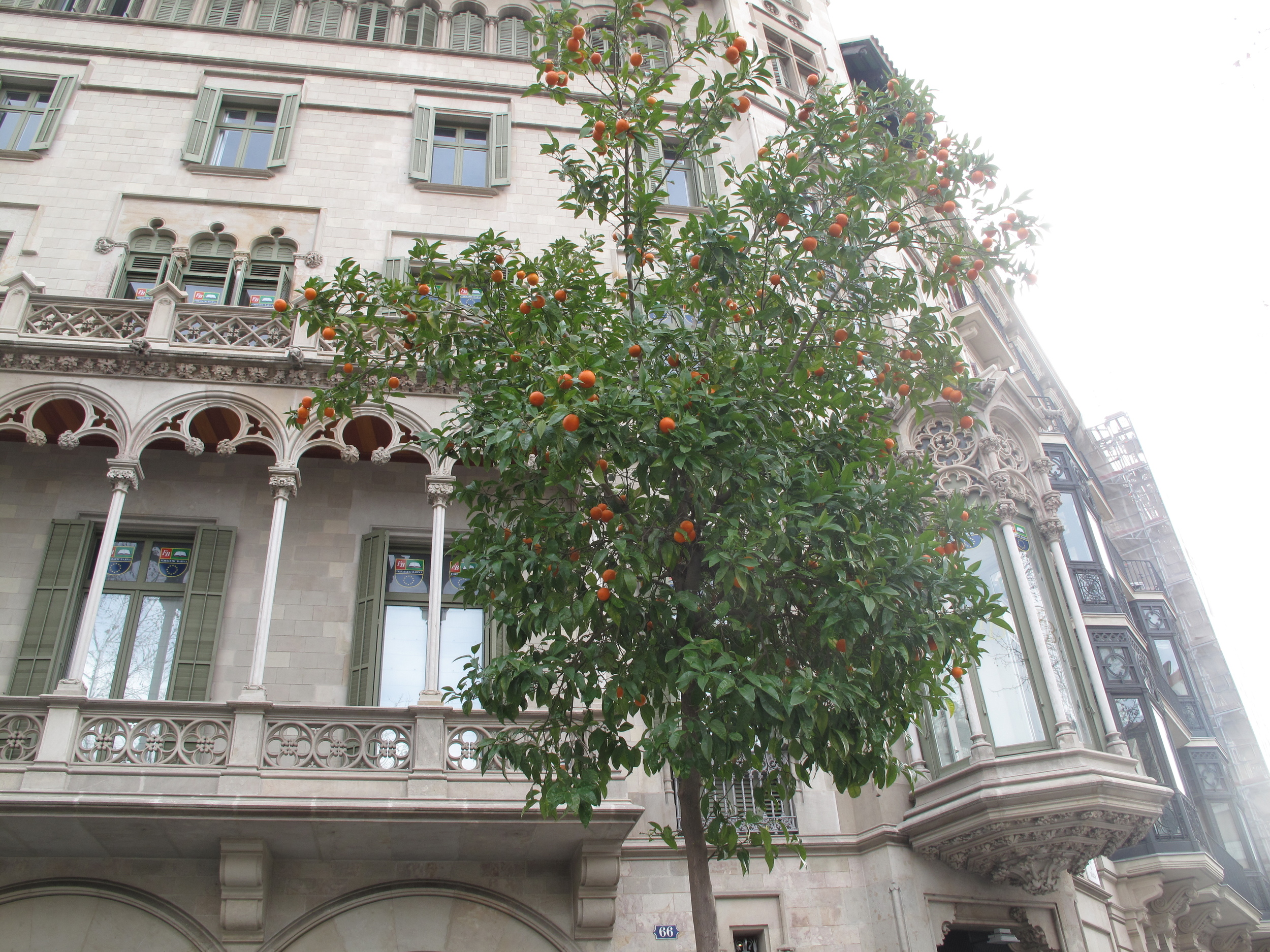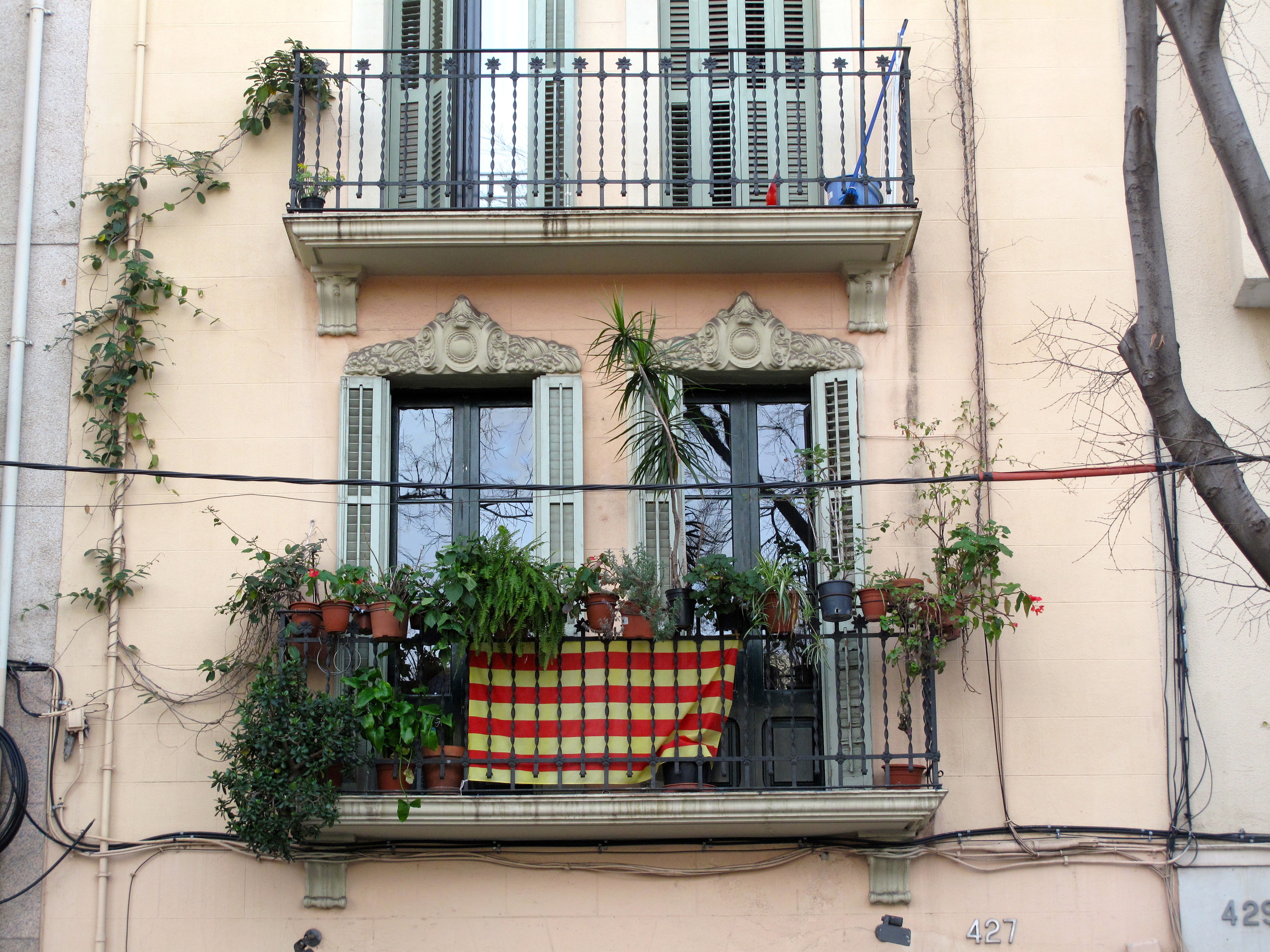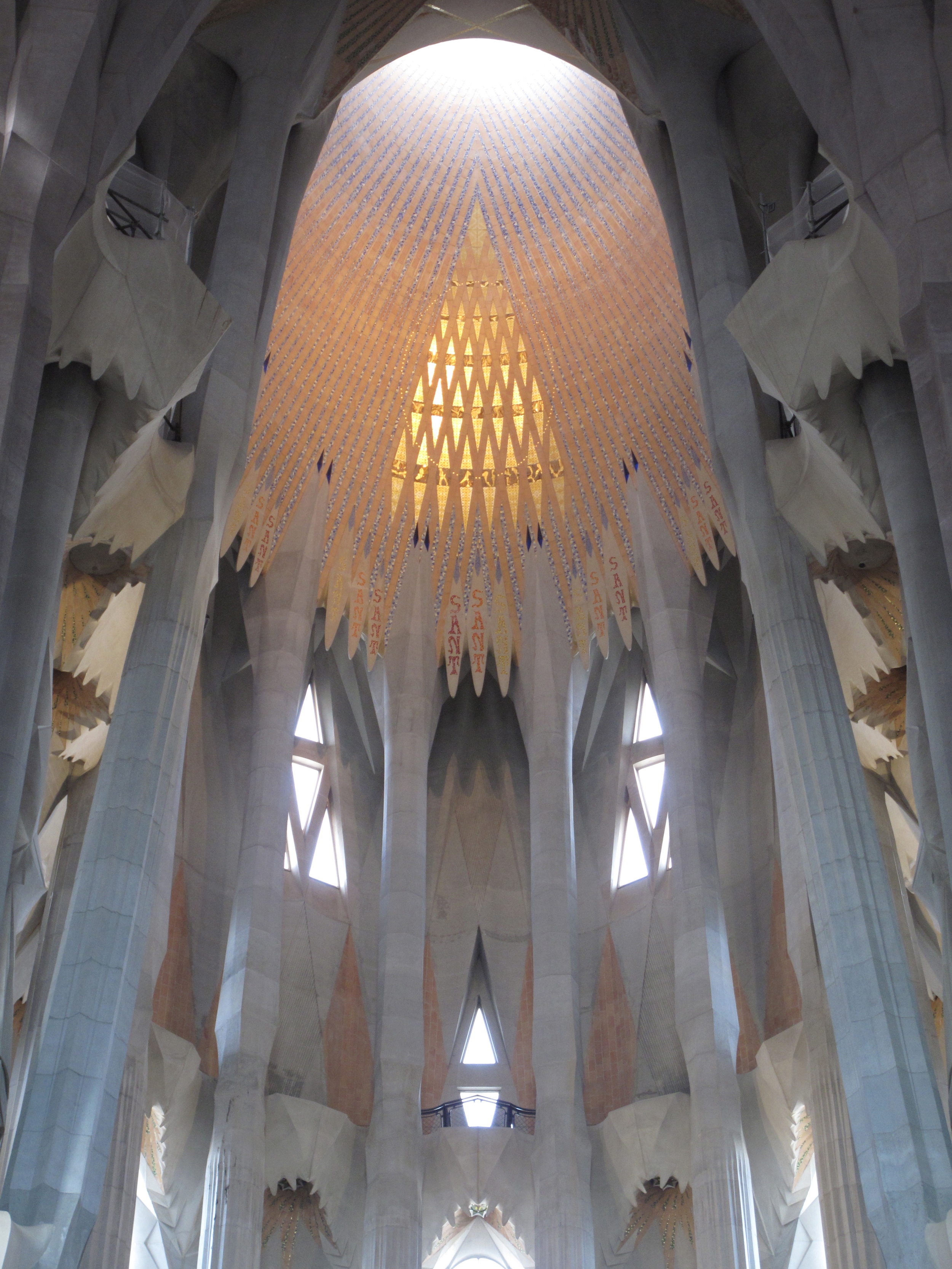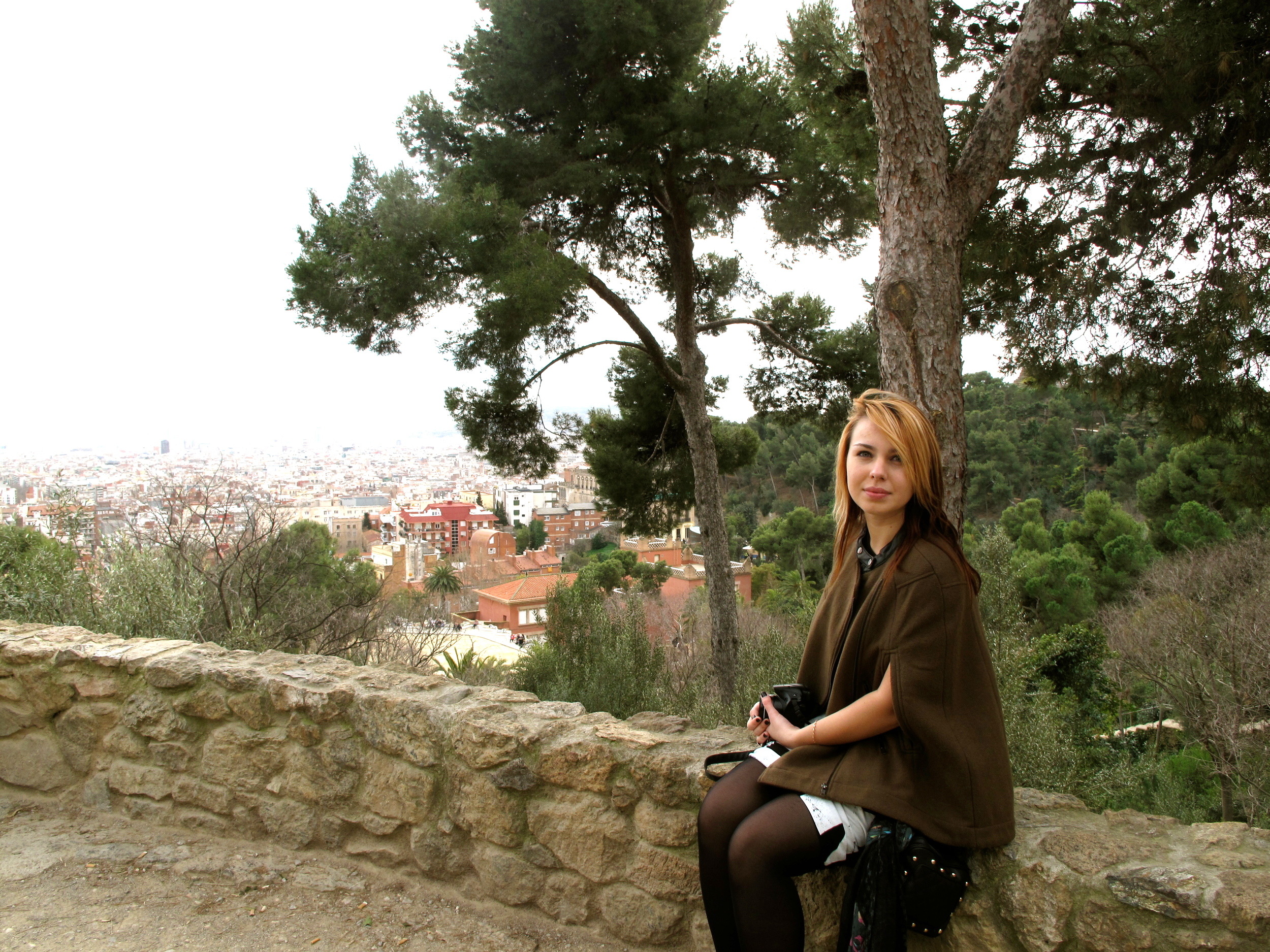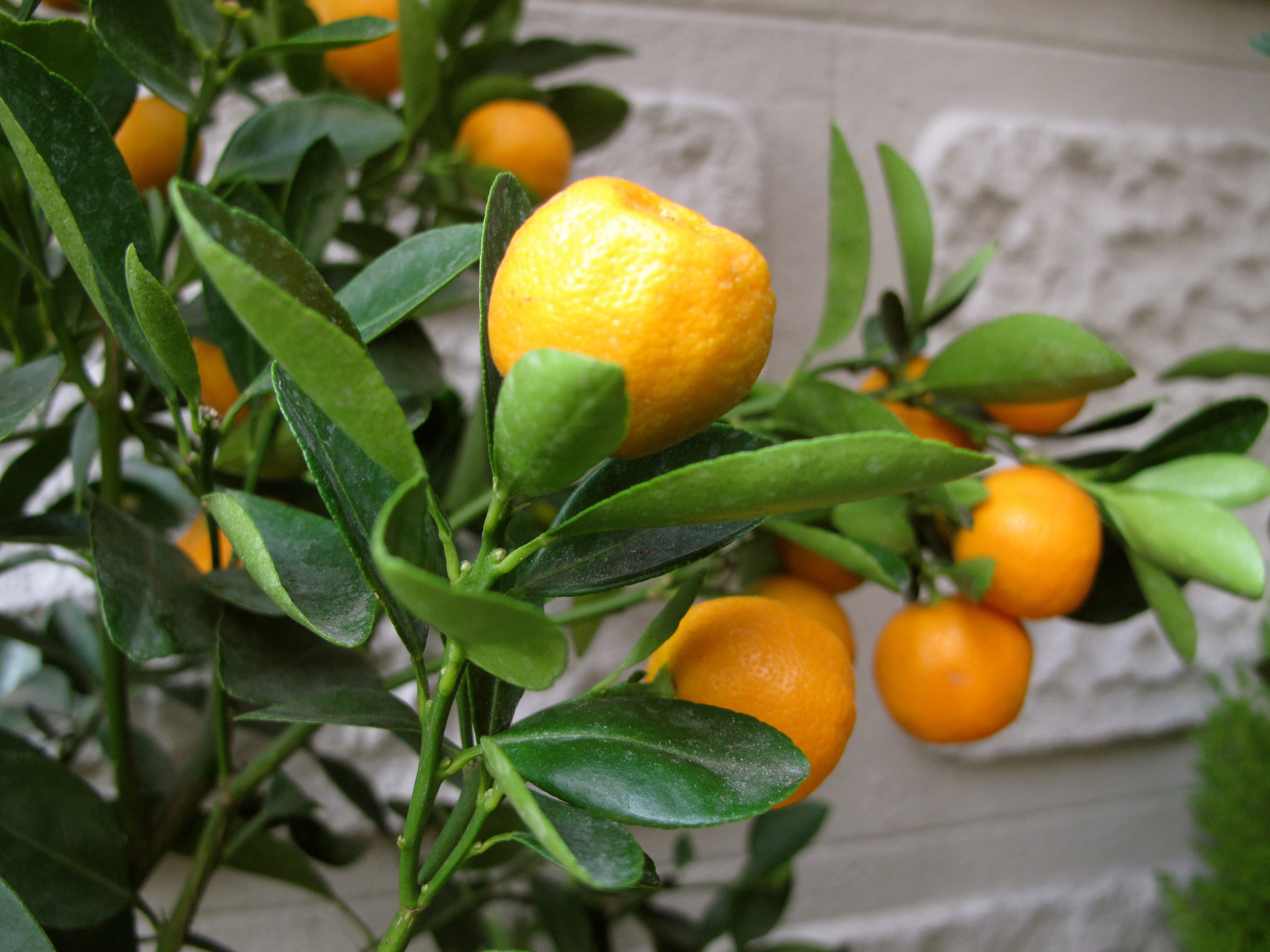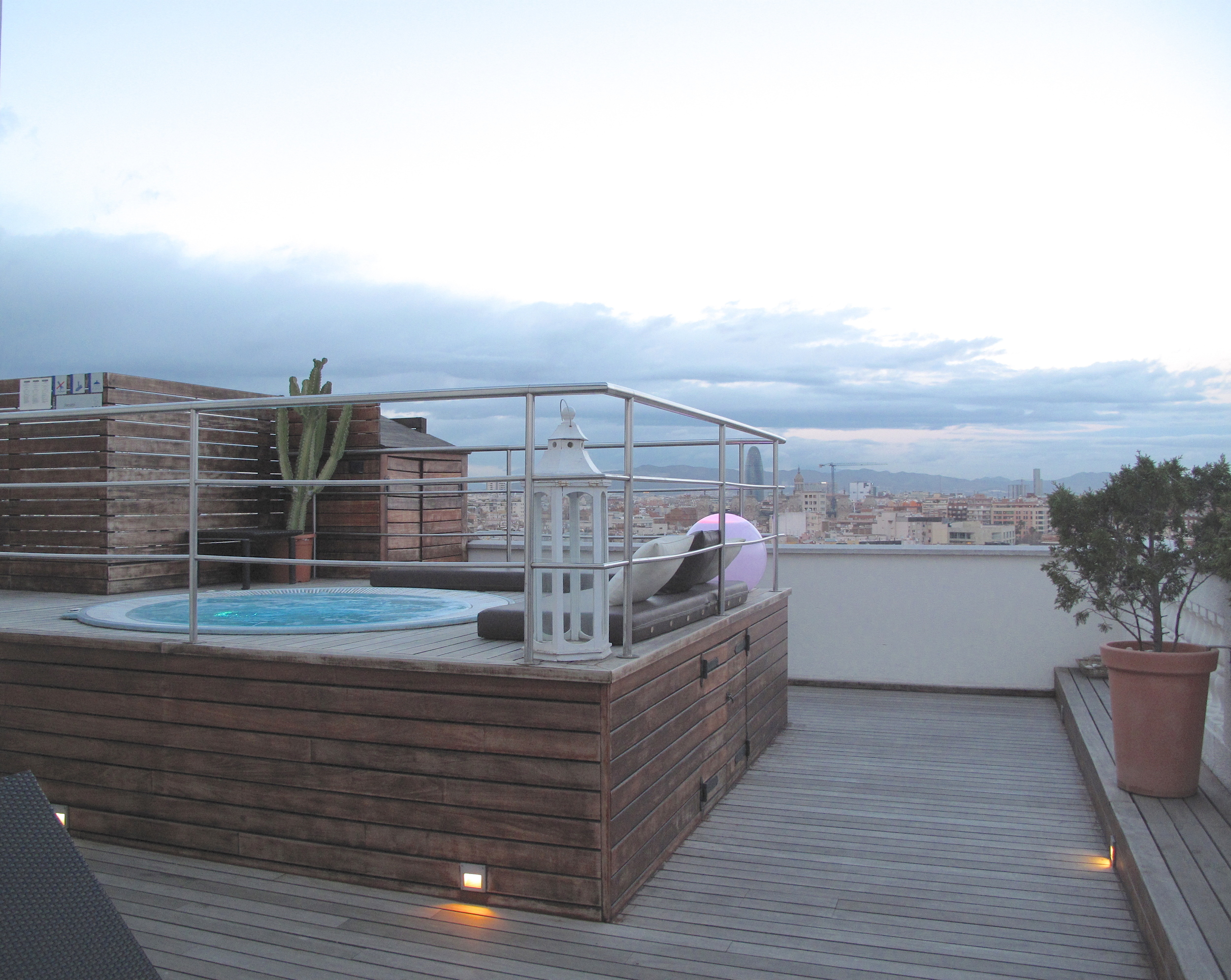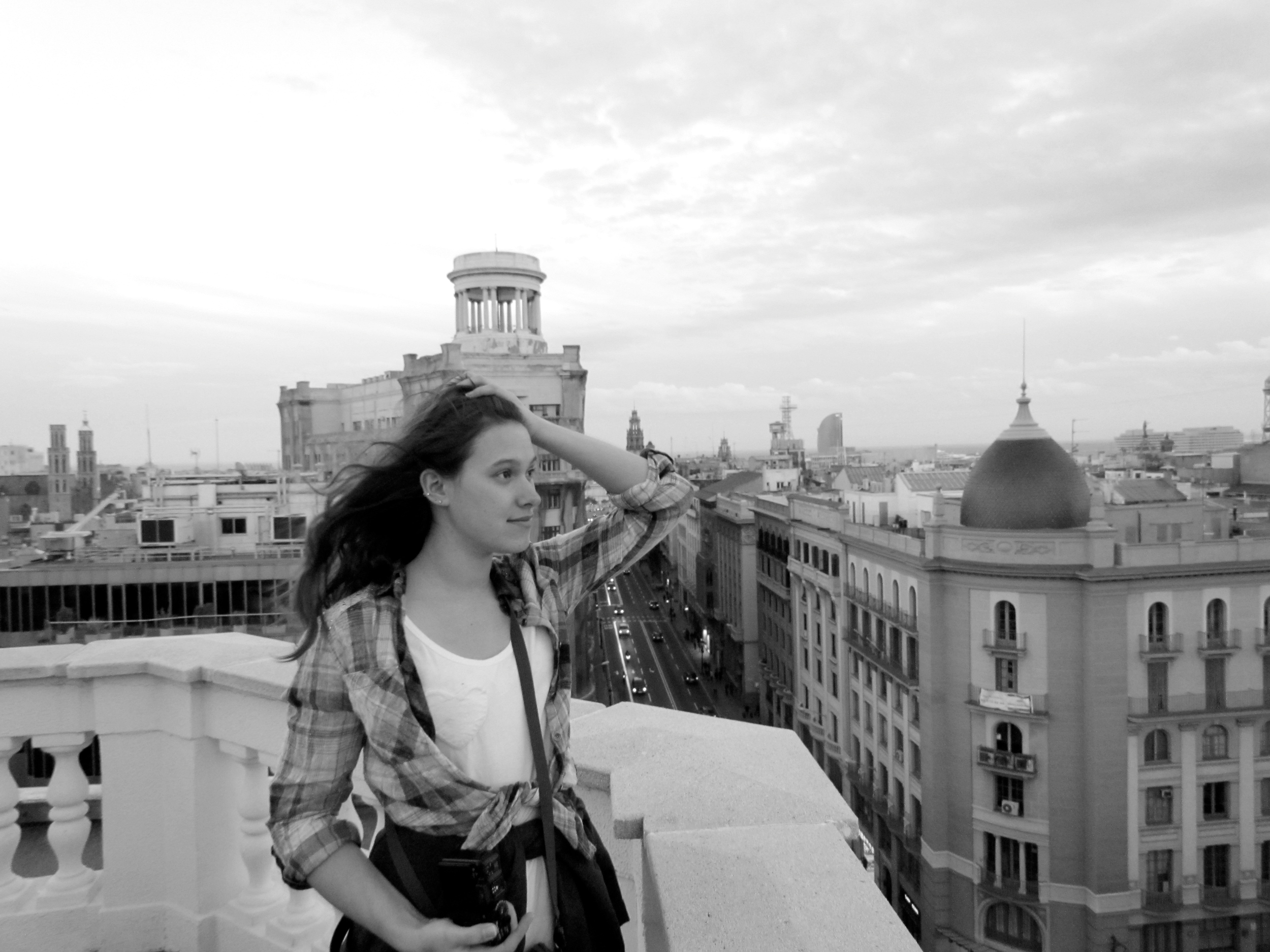A SACRED PLACE
“But would you estimate the full majesty of this place and all its fragrance, wait till the setting sun traces out upon the ocean the vast shadow of the mountain; till the evening breezes drive the clouds with increased rapidity across the rocks: then commence your solitary course.”
Mountains and caves often attract spiritual energies - the one with a masculine energy: reaching to the sky, the other a feminine energy: going deep into the earth. Various religions have equated the sky with a god, and portrayed the earth as a goddess - our mother.
Thus, a mountain may be seen as the meeting of the two points, the touching of the heavens and the earth.
And if a mountain may be a meeting of heaven and sky, and if the earth may be called our mother, then a home within a cave may be called a womb.
A SMALL HISTORY OF THE WONDERS OF THE MOUNTAIN OF MONTSERRAT
It is no wonder, then, that people have been drawn to live in and to visit the caves on the mountains of Montserrat, since time immemorial. First there existed a temple to Venus, then a hermitage, with the hermits living in the scattered caves far up in the mountains. Later, an abbey was founded, and monks began to practice on the mountain. A figure of the Virgin Mary was carved and was heralded as a relic of St Luke, drawing pilgrims and kings. Stories were told of the mountain, myths created. In the nineteenth century, Wagner's Parsifal - an opera in three parts - named the mysterious 'Montsalvat' mountain as the hiding place of the Holy Grail. Subsequently, a belief was created that Montserrat is that very mountain, and a cult was formed, and Wagner became immensely popular in nearby Barcelona. Even later still, one could find new age enthusiasts on the mountain, searching for the sacred feminine, and believing that the spot is, in fact, the heart chakra of the earth.
But who, upon visiting the mountain, could fault these people. When I made my visit, I felt as if the mountain itself were alive, and I was reminded of the scene in 'Picnic at Hanging Rock' - of the humming noise, the pure vibration, and the entrancing feeling the rock emits. While the statue of the Virgin might be a 9th century fake, as the most recent scientific analyses show, there is always that grain of truth in the matter. Besides, I do believe that years of focused thought - or devotion - can accumulate until a space or a concept becomes a virtual well of energy, filled from the ages.
MY OWN FORAYS ON THE MOUNTAIN
Finding myself slightly tipsy from the wine at lunch, I wandered the silent paths of Montserrat.
It was winter, and once I passed the large cross on the hill, I was alone.
The wind whistled through the cracks of this high-up place.
Something (probably the wine) encouraged me enough to sing to myself - The Hills are Alive with the Sound of Music.
The further I went, the less alone I began to feel. It was an odd feeling, like something was there with me, watching me.
Up up up, on the wind swept paths, I happened upon some of the older hermitage buildings - now closed. The wind had acquired a force previously unknown to me, and was trying to hurl my off the dizzying heights.
And then I reached the caves. On the peak of St Jerome, a series of small, interlinking caverns exists, where hermits once carved out their existence. The view of Catalonia below was spectacular, the sun was setting, and I felt both chilled and slightly exhilarated.
A Spot of Serendipity
Up on the peak of St Jerome, I noticed the time and realised I had to make it back to catch the last funicular of the day, in order to then catch my flight back home to France. A mountain goat could not have made it back down faster than I did.
What ensued was one of the weirdest scenarios I have ever encountered: a chance meeting with two young pilgrims: Matthew and Spencer, who then helped me to jump the barriers of the Barcelona metro, catch a train, run back to my hostel, grab my bags, hurriedly hug my new friends goodbye, and rush rush rush to get that flight back home.


